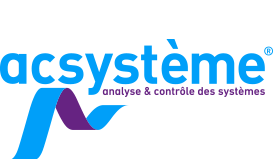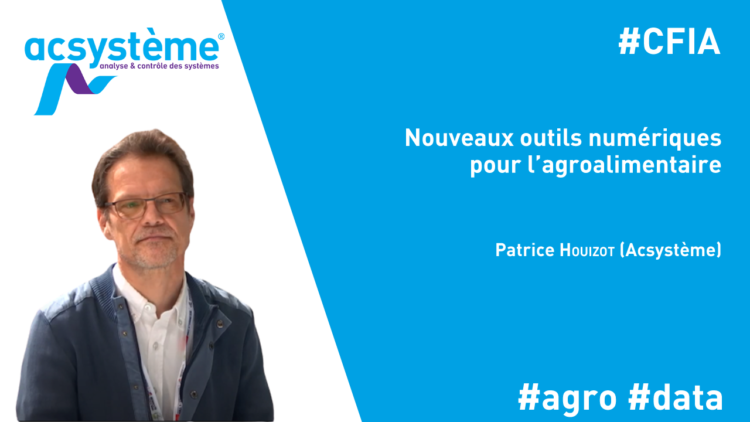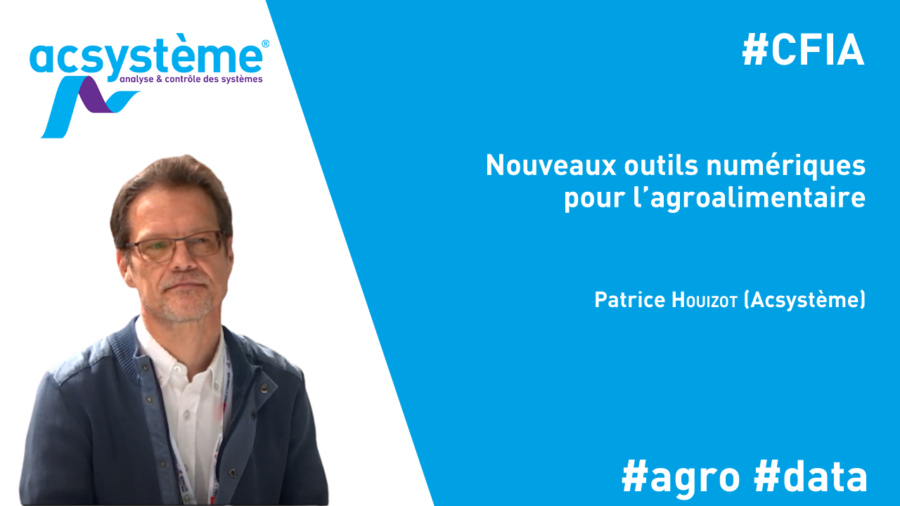Find the full transcript below:
I am going to tell you about the tools specifically developed for the agri-food industry as part of a collaborative project, Meatylab.
The objective of this collaborative project was to develop digital and food solutions: innovative solutions dedicated to everything relating to formulation in the charcuterie sector, with a sub-objective concerning proteins, finding how to make the best use of plant proteins in charcuterie.
Meatylab is a consortium of several partners, led by Solina. The partners also include the Avril group, the Acsystème, Novelios and Jean Henaff companies, the Adria Développment technical centre and four Inrae laboratories (BIA, IATE, MIA and I2M).
In terms of research and development, Meatylab is a global effort worth more than 5 million Euros, just under 2 million Euros of which were subsidised by BPI France, Région Bretagne and Rennes Métropole. This is a project that started in 2017 and has just ended in September 2020.
Capitalisation and sharing of expertise.
The first part of the Meatylab project concerns knowledge and expertise. This is an area where digital tools can help many people. INRAE in Bordeaux had already done a lot of work on knowledge engineering, and on the ways of structuring this knowledge and disseminating it as effectively as possible to an audience of learners.
INRAE has carried out theoretical studies on the presentation of information, so as to facilitate its assimilation, giving rise to a first version of the “knowledge book”. As part of the Meatylab project, we have endeavoured to develop modern applications to facilitate the entry of information (create content in a simpler way), and also to disseminate this information and this expertise on easy-to-access media, such as Smartphones. We have designed a customisable application, so that each manufacturer can adapt it to its own needs and integrate its own expertise and procedures. The application can be generalised to many more fields than just the agri-food industry: cosmetics, paint manufacture, etc.
Reliability of data for formulation.
The second section concerns data, and in particular “ingredient” data, which is very important for formulation (creation of recipes).
When I create a recipe by computer processing, to know what the result will be in advance, I must supply my computer programme with a certain amount of very precise data on the ingredients of this recipe. It’s possible to do it by hand, but it’s a great deal of work, and everyone will do the same work again. So, the idea is to make things generic and reusable by everyone.
Once again, we relied on theoretical work from INRAE (from Montpellier this time), helped by AgroParisTech, on the semantics and structuring of data, i.e. on the means of organising the knowledge present in this information in an intelligent, shared manner. The idea is to have a common vocabulary first of all, in order to unify the way of making requests on a database, so as to retrieve information wherever it comes from (the data can come from Anses Ciqual, USDA or other databases).
There was therefore a lot of structuring work, supplemented by manual work of alignment and annotation of the data. There are very simple things to complete in the databases. For example, to calculate a Nutri-score, we need to know if an ingredient is a vegetable. Strangely enough, this information is not found natively in all databases. We can therefore look for what we want on the tomato, but that won’t tell us if it is a vegetable, and yet it is important information.
All this information, which is obvious to professionals and sometimes absent from databases, has been added by hand, to constitute a coherent, unified whole. This is an important aspect, which has resulted in tools that are not yet all industrialised, but for which industrialisation is being studied with INRAE.
Numerical evaluation of formulations
The question now is, what will be the result of my recipe? I created it, I indicated the ingredients, and now what interests me is to qualify what my recipe will produce, without necessarily producing it concretely.
For this, we have developed a recipe creation application, which Samuel Prat demonstrated on our YouTube channel. It enables you to generate nutritional composition labels, calculate the Nutri-score or other nutritional scores.
Nutri-score is a public score, which is calculated by reading the package leaflet and applying the instructions. Ratings like that given by Yuka are not public. Nevertheless, by collecting enough Yuka products and ratings, an artificial intelligence can be asked to learn the behaviour of the rating algorithm and attempt to reproduce it. This is the method we used to estimate the Yuka rating for a product as accurately as possible before it is released. We are very satisfied with the results obtained. We could apply the approach with other scores, such as Siga, or the eco-score.
This work was carried out by Adria Développement, Solina, INRAE Montpellier and Acsystème.
Recipe optimisation
Once we can predict the outcome of a recipe, we can look for what changes to make to obtain a desired result. You can just guess, but you can also ask an algorithm to do it automatically. For example, if my desired result, is to increase my Nutri-score from D to C, what should I change in my recipe to achieve this? This is the purpose of optimisation tools.
Optimisation can be carried out according to many criteria:
- reduce the cost price, whilst respecting the nutritional composition (it is more suitable for animal nutrition than human nutrition)
- optimise the score (Nutri-score, Yuka, etc.)
- act on the final texture (to do this, you must be able to estimate and predict the texture of the product of a recipe, without even having made it: this is the subject of Syntyche Gbéhounou’s conference.)
Be careful though, at the moment we do not yet know how to predict the taste of a recipe. Even the prediction of the texture remains exploratory work despite the first encouraging results.
Exploratory work
Through this Meatylab project, we have developed applications, some of which are industrialised and others that can be, but some work still remains exploratory:
- on texture, generalising what has been done on the texture of any food remains extremely complex. Work is in progress, and other projects will be conducted on this subject.
- on food shelf life of (best-before date), which is one of the major concerns in the food industry, work has been carried out with Adria Développement, but it has not yet been industrialised.
To learn more about the subject: write to us at “acsysteme@acsysteme.com”.
Questions:
How reliable are the Yuka rating predictions?
It’s quite difficult to stick one’s neck out about this, because an artificial intelligence (AI) is a black box (in reference to my conference last year on black box/white box models).
It will learn on a learning domain defined by the information provided to it. For everything else in this field, it can be relatively precise, but as soon as we leave this field, we do not know if we can rely on this model or not. On what we have tested, we have good results. However, we do not claim to make a Yuka score estimator that replaces Yuka. We have not sought to verify its exhaustivity, but it would be possible. The more data we have, the more accurate the learning.
What is knowledge concretely?
Knowledge is something vast, and in our “knowledge book” it is positioned at different levels. There is field knowledge, or expertise. For example, in charcuterie, how do you cut up a pig? This is a very precise skill, which has been the subject of files. These files have been inserted into the “knowledge book” and can be consulted by all users.
There are also recipes. Staying with the example of the “butchery-charcuterie-caterer” knowledge book, a caterer will be happy to find recipes for boudin (blood sausage), or tripe à la mode de Caen.
There are also regulatory aspects, which are important. Even if it is not quite knowledge, from the moment we have been able to automate expertise in our development of tools, we must consider the tools for calculating compliance.
Has there already been any feedback on the interests of agri-food manufacturers in these digital tools?
It’s a bit early because there was little communication beforehand. We feel that when questioning manufacturers, many of them are faced with manual tasks that are not very automated, with few tools today, and the need for tools is very real for them.
To say that what we have developed meets all needs would be pretentious, it remains a collaborative development and innovation project. My initial feeling is that there are many different needs, and that very personalised tools are required in this area.


